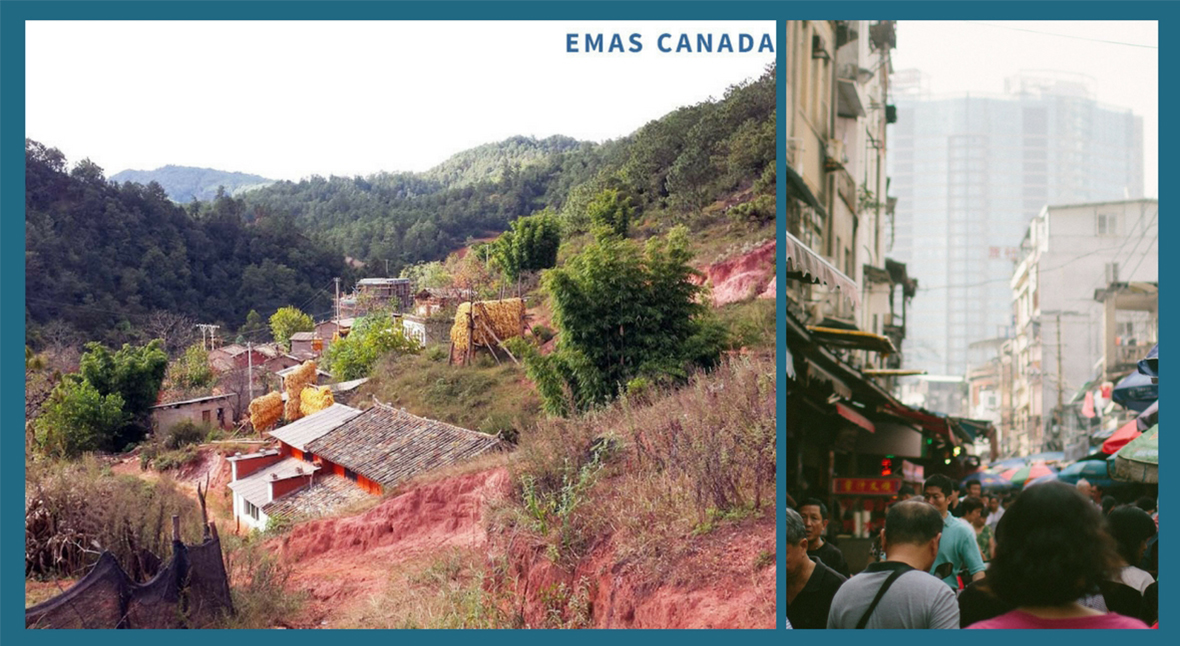You may pose these valid questions: Where does EMAS Canada serve? How do we steward resources? Where are our projects and how do we decide where to serve?
Since 1948 EMAS Canada has functioned through healthcare teams in South America, the Caribbean Islands, Europe, Asia, Africa and the Middle East. We are guided by a policy of non-discrimination, therefore serving all in need regardless of their social status, gender, sexual orientation, religion, race/ethnicity, age, or political affiliation. However, to be good stewards of our God-given material and spiritual gifts, we seek to serve in areas that are underserved and where healthcare may be unaffordable.
It is EMAS’ policy that each project meet certain criteria. These criteria are the basis of evaluative exploratory missions before projects get our board’s approval.
The top five criteria to be met are:
- There is an educational, medical and/or dental component
- There is confluence with and enhancement of local health priorities
- The host partner actively participates in planning and execution of the project
- There are definable timelines with an exit strategy
- The opportunities for demonstrating God’s love are unrestricted by discriminatory laws
The process of meeting these criteria and finding competent team members requires careful selection that often takes two years or more.
Meeting Basic Needs
In 1991, three EMAS doctors visited Ningxia, China at the invitation of World Vision Hong Kong. Our host, the then provincial vice-minister for health and also a physician gave guidance and was our host until 2006. During the first visit, the EMAS team was able to observe three urgent needs:
- An acute shortage of health care services due to lack of skilled workers and facilities
- A severe lack of safe drinking water
- Extreme poverty
This led to the formation of an interdisciplinary EMAS team that was to become engaged in rural China for twenty-five years. The multi-pronged project had four components:
- Annual medical/dental clinics to meet acute health needs
- A program of continuing medical training for national health workers
- The provision of sustainable clean water supply
- Construction of health centers/ and hospitals
The clean water project was aptly named the Living Water Project. Several wells with protective concrete covers and simple mechanical pumps still supply water filtered through the desert rocks, safe from surface contamination by animal and human waste.

Inscription reads, “Village of the Living Water”
Dr. Ian Ma and Dr. Robert Stephens who pioneered the China West work.
Beyond the training within China, the educational program included the sponsoring of national staff to overseas learning opportunities. In time the provincial government has progressively increased its capacity to meet healthcare needs and as EMAS pulls back, scores of skilled health workers serve locally, and over 100 wells remain, some with inscriptions “God loves the world”
Sharing Knowledge and Skills

2016 Nurses at Soochow Hospital with our Susanna who was key in initiating the Soochow partnership.
Not all underserved areas are rural and marked by extreme poverty. In 1994 the university teaching hospital at Soochow was already on a trajectory towards becoming a state-of-the-art center of excellence in medical care and education. The rapid growth meant an urgent need for skilled staff, modern equipment, and training in the use of the latest equipment.
Through the initiative of EMAS nurses, a team response led to a partnership with the hospital, which was to see our participation in the development of pediatric hematology and oncology services, on-site staff training, and funding for scholarships for national staff to train Canada.
“…you came with benevolence…” said Dr. Feng Xing, President of Children’s Hospital, Soochow University 2014… and opened the gate of friendship”
The children’s hospital turned 55 years old the same year EMAS celebrated a 20-year partnership with this rapidly developing urban teaching center. Between 1994 and 2015, the China East Team was an important partner in the development of what is now a world-class teaching hospital.
Dr. Feng says this of EMAS’ involvement: “Experts from EMAS bring the most advanced medical philosophy, the latest technology and leading knowledge to the staff of Children’s hospital through ward rounds and lectures.”
As the university has progressed in establishing its own faculty; and is increasingly better able to sustain its own staff development the EMAS team has been freed up to explore other opportunities for teaching.
Whether in Angola where EMAS was a partner organization 30 years ago in the construction of a pediatric ward or in the more recent partnership for dentistry in Zimbabwe, the criteria for engagement remain unchanged. That is, we go to serve those who are in great need.


